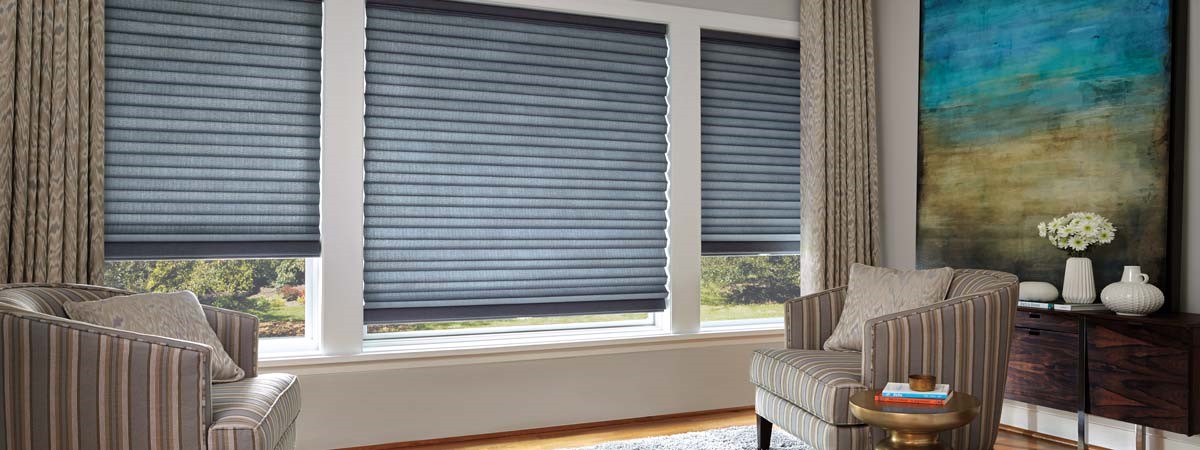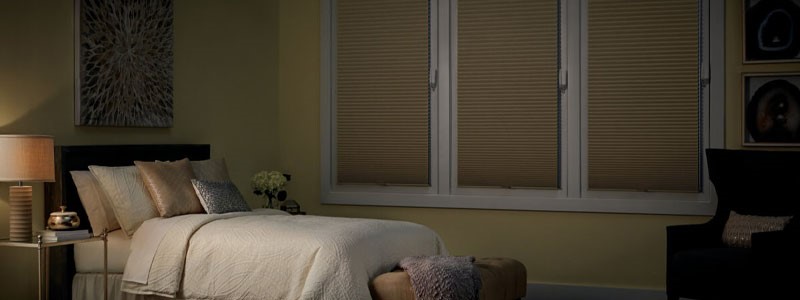Custom window treatments enhance the décor of the home but many people aren’t quite sure how to clean them properly, letting them accumulate dust and dirt. Here’s a quick tutorial on how to clean your blinds shades, shutters and draperies so they can continue to look their best while extending their lifespan.
How Often to Clean Your Window Coverings
How often you should clean your window coverings will depend on your lifestyle and preference. If you have small children with sticky fingers, shedding animals, smokers or allergy sufferers in your home, you’ll want to clean your blinds, shades, shutters or drapes more frequently. The rule of thumb is as follows: give your window coverings a light once-over by dusting or vacuuming them every time you clean your house, a more thorough cleaning each season, and a deep clean twice each year.
How to Clean Your Blinds
Each time you clean your home, you should give your blinds a quick dusting at the same time. Using your vacuum’s soft brush attachment on a low intensity setting and starting from the top, gently work from side to side vacuuming up the dust from your blinds. Bi-monthly, clean your blinds more thoroughly by using a slightly damp cloth with soapy water along the slats to clean off stains left by insects, cooking grease and fingerprints. Alternatively, blinds can be taken off the window and placed in a bathtub with warm water and soap. After the blinds soak, rinse them with warm water and gently wipe dry, removing any excess dirt or dust.
How to Clean Your Shades
When dusting cellular or honeycomb shades, lightly vacuum using a soft brush or upholstery attachment or use a feather duster. Once complete, you’ll want to clean out the dust that is inside the cells of your blind. This can be accomplished with a hairdryer set to cool air. To clean your honeycomb or cellular shades, use a slightly dampened sponge with mild detergent and blot dry. When dusting pleated shades, remove the shade from the window, lay it flat on a clean surface and gently vacuum one side and then the other. To clean pleated shades, gently use an aerosol spray foam upholstery or fabric cleaner and blot with a dry cloth. Be careful not to crush, wrinkle or stretch the fabric and avoid cleaning too frequently as it may affect the fabric. Roller shades can be lightly vacuumed and cleaned with a light wipe from a damp cloth. Remember that shades are made of delicate fabrics and should never be immersed in water or dry-cleaned.
How to Clean Your Shutters
Shutters should be dusted regularly. If your shutters are constructed of real wood, avoid using water-based products and opt for furniture polish to protect the wood and enhance its beauty. Apply the polish to the cloth before wiping, one slat at a time. We recommend using a microfiber cloth which will attract dust and is also gentle on the wood. Another easy cleaning option is to vacuum slats with a brush attachment on a low-intensity setting, starting with the top slat and working your way down. Rotate slats and repeat the process.
How to Clean Your Draperies
High-quality specialty fabrics used in custom draperies require a special touch. Regular vacuuming will go a long way to keeping them looking beautiful and extending the interval between professional cleanings. Vacuum both sides of the fabric, along with valances and any other accessories or trim pieces, paying special attention to pleats and gathers where dust often accumulates. Spot clean any soiled areas with a gentle cleanser and blot to dry. If your drapery fabric is washable, follow the manufacturer’s care instructions. Some fabrics cannot be laundered or dry-cleaned, so for deeper cleaning, you’ll want to enlist the services of a professional blind and drapery cleaning company.
With regular care and a light touch, regular dusting and cleaning of your blinds shades, shutters and draperies will keep them looking fabulous and extend their life.




